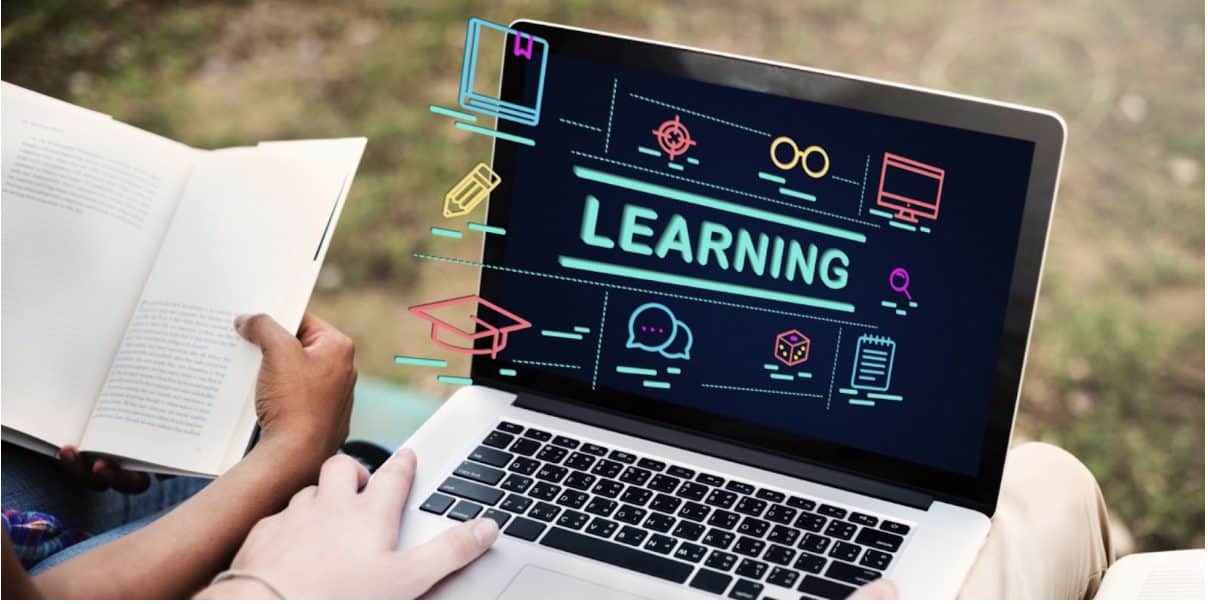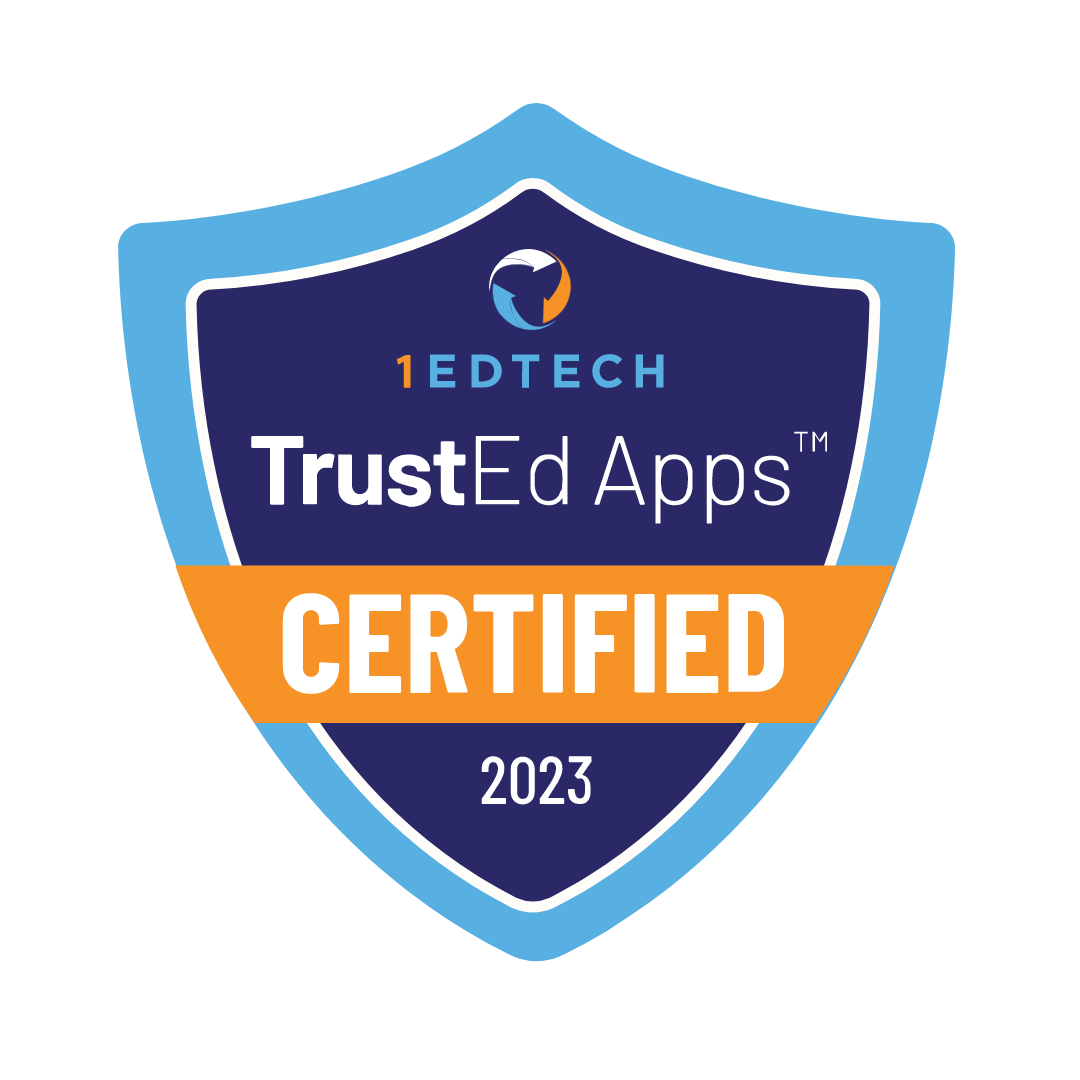Contents
It’s hard to imagine any aspect of life without technology. Technology changed our society and the system of education. Educators have to teach students about the changing world. Teachers learn the basics of computer science to help students understand modern technologies. Advanced Placement Computer Science Principles (AP CSP) allows teachers to get this knowledge.

AP CSP is an AP level course designed to help teachers learn these principles. This course provides information to educators about basic subjects in the sphere of computer science. Let’s discuss what AP CSP for educators is.
What is Included in the AP CSP Course?
“Computing is at the base of scientific innovation, and the need to understand it is critical not only for a STEM job, but for any career”
Arthur Lopez, U.S. News & World Report

The AP CSP gives teachers the tools needed to teach computer science. Here’s what educators find in the course.
Programming Basics
Educators learn about popular programming languages like Python and JavaScript in Programming basics lessons. The subject covers key coding concepts such as variables, loops, and conditionals. Teachers study how to write simple programs and solve coding problems.
Data Analysis
Teachers learn how to collect, analyze, and interpret data. Data Analysis explains how to present data in clear and useful ways. The section introduces graphs and basic statistics. Such knowledge helps teachers show how data is used in a practical setting.
Computational Thinking
Computational thinking covers problem-solving. Educators learn how to break down big problems into smaller steps. Topics include algorithms, recognizing patterns, and simplifying complex tasks. This section gives teachers information on how to think critically and solve problems logically.
The Impact of Technology on Society
The Impact of technology on society gives information about how technology changes our daily lives and jobs. Teachers learn about privacy issues, cybersecurity, and automation. This part of the course looks at the social and ethical effects of technology. The section helps educators understand how technology shapes the world around us.
Teaching Strategies
Teaching strategies provides some computer science lesson tips on how to make them fun. Teachers learn methods to present material in simple and exciting ways. The section covers using projects and real-world examples to keep students interested. This part of the course offers ideas for creating a supportive and inclusive classroom environment.

Challenges of the AP CSP Course
The AP CSP has difficult parts for educators. Here are some of the course’s challenges.

New Technologies and Concepts
The main challenge for teachers is learning new technologies and concepts. Many educators don’t have a background in computer science. Teachers need time to learn software tools for data analysis and computational thinking before they teach them.
Applying Theory to Practice
Turning theory into practical lessons is difficult for educators. Teachers explain programming, data, and algorithms to students in a simple way. Finding real-life examples or creating hands-on projects takes time. It’s not always easy to make complex topics clear and interesting for students.
Teaching Computational Thinking
Teaching computational thinking means helping students break down problems and find solutions step-by-step. This is hard for educators because students learn in different ways. Some children are not capable of structured thinking. Teachers learn to improvise on creative means of teaching such skills, while supporting different learning styles.
Social and Ethical Impact of Technology
Teaching the social and ethical effects of technology involves discussing complex topics like privacy and cybersecurity. These subjects are not easy to explain. Students need to understand how technology affects society and their own lives. Balancing technical lessons with ethical discussions is challenging for teachers.
How to Prepare for the AP CSP Course?
|
Key Stats You Shouldn’t Miss
The statistics from “Computer and Information Technology Occupations” by the U.S. Bureau of Labor Statistics shows employment in computer and information technology occupations growing much faster than the average for all occupations. About 356,700 job openings are expected each year. These openings come from growth and the need to replace workers who leave these roles permanently
|
Teachers make their learning experience smoother and more effective with some preparation. These quick tips help educators succeed in the course:
- Refresh knowledge on basic computer science concepts like algorithms and coding
- Look through the course structure and main topics to understand what will be covered
- Check available tools and materials, such as lesson plans and coding platforms, for future use
- Learn basic coding by passing the course
- Create a schedule to review materials and practice coding regularly
- Use tools like Code.org or Scratch to get familiar with teaching programming through practice
- Participate in workshops, webinars, or other programs focused on teaching computer science
- Connect with other educators to share experiences and gather tips
- Check if the required tools, such as laptops and coding software, are available for practical tasks
Why Do Teachers Choose Legacy Online School?

Legacy Online School is an accredited K-12 school offering recognized courses, including AP CSP for teachers. This course gives educators all necessary skills and knowledge needed to teach computer science.
The school supports teachers with resources and ongoing professional development. Its focus on modern teaching methods and personalized learning makes it a top choice for educators.
Legacy Online School has earned the trust of teachers through its principles and advantages.
Legacy Online School team is happy to assist and provide support to educators if they need further guidance.











